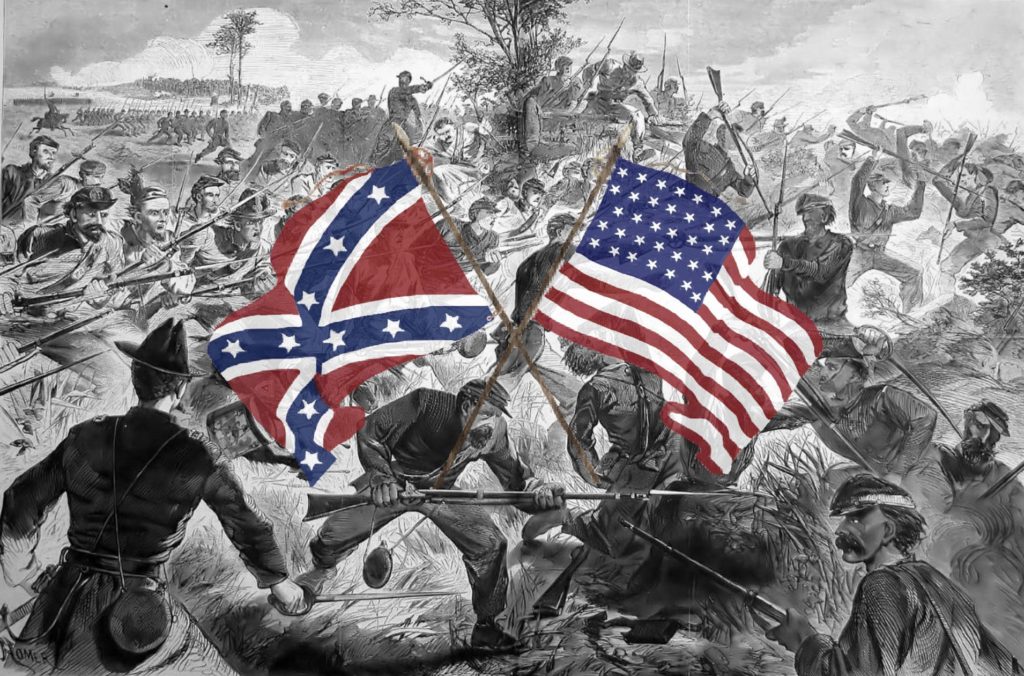Table of Contents
All About the Civil War
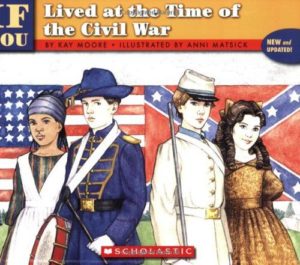 |
Kay Moore’s If You Lived at the Time of the Civil War (Scholastic, 1994), written in question-and-answer format, covers such topics as “How did the war start?” “Which states left the Union?” and “Did your home life change because of the war?” A good interactive read for ages 7-10. |
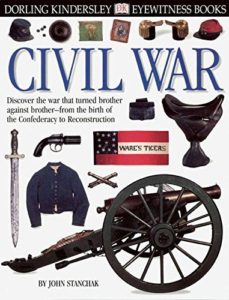 |
John Stanchak’s Civil War (Dorling Kindersley, 2011) in the Eyewitness series covers the war in 30 double-page spreads, each packed with information, period prints, maps, and terrific color photographs of artifacts. Topics include: “Slave life,” “The Underground Railroad,” “Outfitting armies,” “Great commanders,” “Army camp life,” “Gettysburg,” and more. For ages 8-12. |
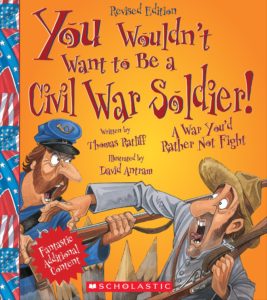 |
Thomas Ratliff’s You Wouldn’t Want to Be a Civil War Soldier! (Children’s Press, 2013) – one of the extensive You Wouldn’t Want to Be series – pairs historical information with cartoon illustrations. Appealingly readable and not as silly as it initially looks. For ages 8 and up. |
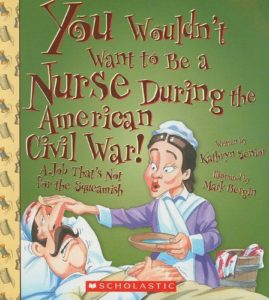 |
Also see Kathryn Senior’s You Wouldn’t Want to Be a Nurse During the American Civil War! (Franklin Watts, 2010) (subtitled “A Job That’s Not for the Squeamish”). |
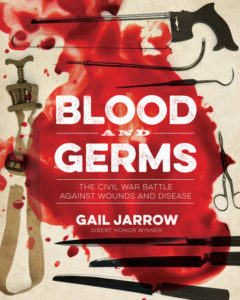 |
Gail Jarrow’s Blood and Germs (Calkins Creek, 2020) is the fascinating – but dreadful – illustrated nonfiction account of medicine, medical procedures, disease, and death rates during the Civil War. For ages 13 and up. |
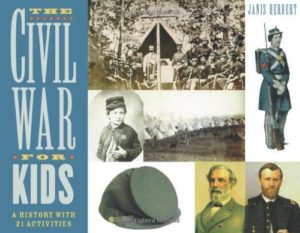 |
Janis Herbert’s The Civil War for Kids (Chicago Review Press, 1999) – a “History with 21 Activities” – covers the war in chronological order, illustrated with period prints, photos, and maps, along with capsule biographies and interesting facts in boxes. Included are a timeline, glossary, and resource list. Activities include making berry ink, butternut dye, and hardtack. For ages 9 and up.
In the same format, see Herbert’s Abraham Lincoln for Kids (Chicago Review Press, 2007). |
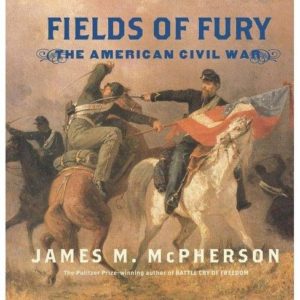 |
By Pulitizer-Prize-winning historian James M. McPherson, Fields of Fury: The American Civil War (Atheneum Books, 2002) is a terrific 96-page overview of the Civil War, organized chronologically. Included are drawings and paintings, maps, period photographs, and Quick Facts boxes. An excellent resource for ages 9-12. |
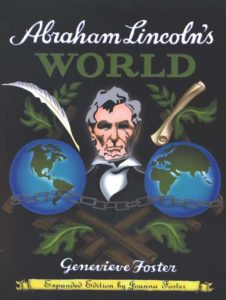 |
By Genevieve Foster, Abraham Lincoln’s World (Beautiful Feet Books, 2003) is a horizontal history of Lincoln’s life and times. What else was happening in the world when Lincoln was a baby, a boy, a young man, a president? For ages 9 and up. |
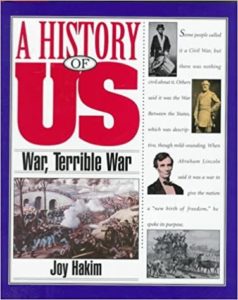 |
Joy Hakim’s eleven-volume A History of US (Oxford University Press, 2007) is a superb American history series, filled with photos and interesting asides, and told in the form of a compelling and absorbing story. The Civil War volume is titled War, Terrible War. This is history as it ought to be taught, but usually isn’t. Highly recommended for ages 10 and up. |
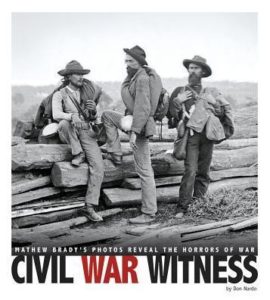 |
Don Nardo’s Civil War Witness (Compass Point Books, 2013) in the Captured History series (in which the central theme is how photographs can change the world) is an account of how photographer Matthew Brady documented the Civil War, illustrated with Brady’s own photographs. For ages 10 and up.
See the complete Captured History series here. |
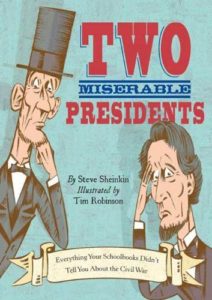 |
Steve Sheinkin’s 250-page Two Miserable Presidents (Roaring Brook Press, 2008) aims to tell “The Amazing, Terrible, and Totally True Story of the Civil War.” The two miserable presidents are Abraham Lincoln and Jefferson Davis; and Sheinkin does a good job of explaining the big picture and integrating the interesting stories that bring history to life. (It begins with Congressman Preston Brooks of SC about to bean Senator Charles Sumner of MA with his cane.) A good pick for ages 10-14. |
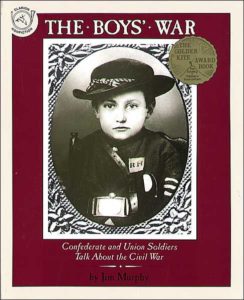 |
Jim Murphy’s The Boys’ War (Houghton Mifflin Harcourt, 1993) is an account of the experiences of boys ages 16 or younger who fought in the Civil War, based on diaries, journals, memoirs, and letters – beginning with “So I Became a Soldier” to “We’re Going Home.” Illustrated with period photographs. For ages 12 and up. |
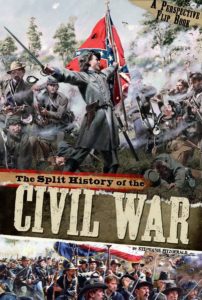 |
Stephanie Fitzgerald’s 64-page The Split History of the Civil War (Compass Point Books, 2012) is actually two books in one, one written from the Union point of view, the other from that of the Confederacy. Chapter 1 from the Union perspective, for example, is titled “1861: Insurrection!” while Chapter 1 from the Confederate perspective is “1861: A Quest for Independence.” Included are quotations and period photos. A discussion promoter for ages 10-14. |
| From the Smithsonian, this annotated Civil War Timeline begins in 1859, with John Brown’s raid on Harper’s Ferry. | |
| For resources on slavery, the Underground Railroad – and much more – see Black History. |
